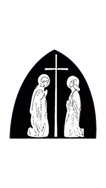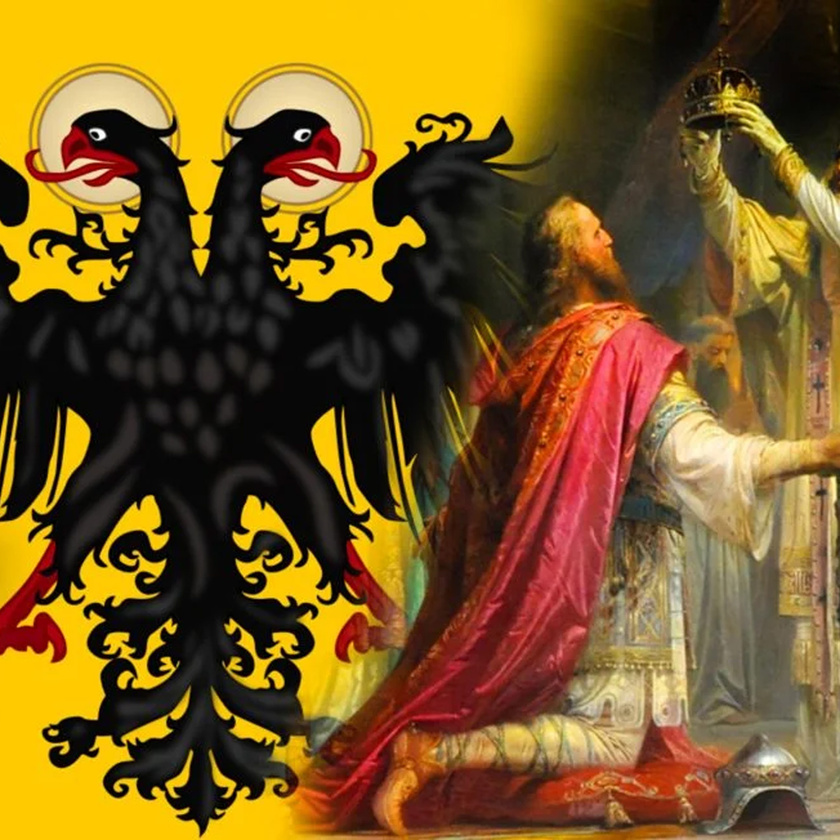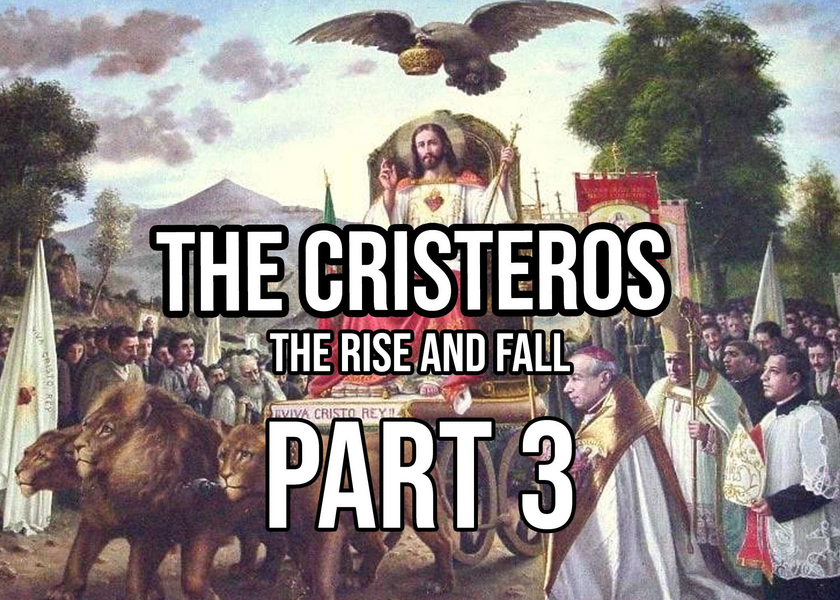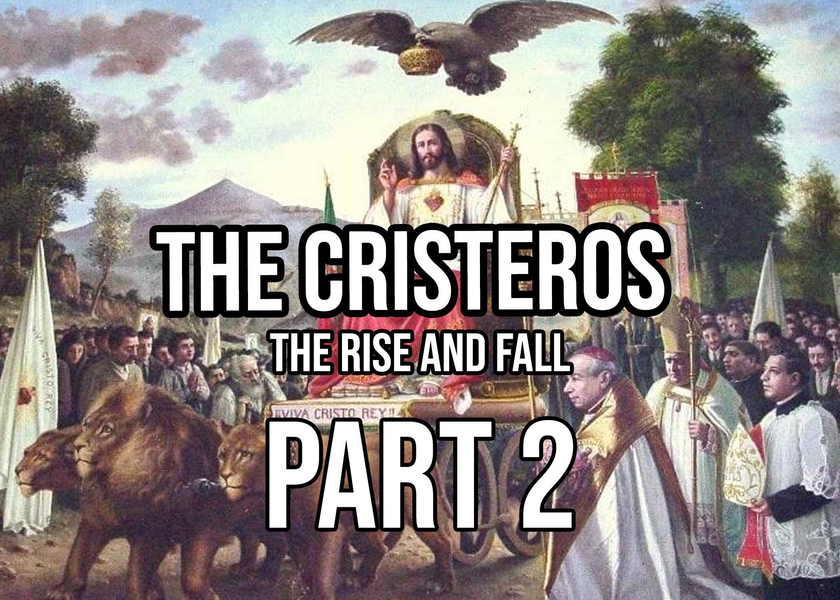Byzantium or Holy Roman Empire: Will the True Rome Please Stand?
By Phillip Campbell
Perhaps no entity has left such an enduring mark on Western civilization as the Roman Empire. Rome’s history, language, religion, culture, law, and political institutions have profoundly shaped the development of the western world. Nor is Rome’s influence merely historical; women in 2023 were surprised when a popular TikTok trend revealed that, even now, the average man thinks about the Roman Empire at least once per day. Clearly, Rome maintains an impressive hold on the popular imagination.
Indeed, Rome’s legacy is so illustrious that many other entities throughout history have claimed to be the successor states to the Roman Empire, asserting political or cultural continuity with Rome in an attempt to harness Rome’s illustrious heritage for themselves. The Holy Roman Empire and the Byzantine Empire are the two most notable examples, but Tsarist Russia also claimed to be Rome’s successor (the word Tsar means Caesar; the imperial name Romanov means “Roman” or “descendant of Roman”). In the Middle Ages, the Seljuks created the Sultanate of Rum (Rome) in eastern Anatolia, from the Parthian word for Rome. The Ottoman Turks, as well, laid claim to Rome’s legacy. After the Turks overran Constantinople in 1453, Sultan Mehmet II adopted the titles kayser-i rûm (“Caesar of Rome”) and basileus (“emperor”) and argued that the Turkish Sultans were the legitimate successors to the Roman Emperors. The Ottoman writers referred to the Ottoman Empire diyar-I Rûm (“lands of Rome”), memalik-i Rum (“Roman realms”), and just Rûm ("Rome"). And as late as 1912, the Greek-speaking populace of the Aegean island of Lemnos was referring to themselves as “Romans” (Ῥωμαῖοι) rather than Hellenes (Ἕλληνες).
With so many polities claiming to be the successor state of Rome, is there any way of determining who has the strongest claim? Among the various claimants, the Byzantine Empire and the Holy Roman Empire are generally considered the strongest. We shall consider the arguments for each in turn in hopes of determining which of these has the strongest claim to being the successor of the Roman Empire.
Byzantium: Rome’s Institutional Successor
The origin of the Byzantine Empire came from the division of Rome into eastern and western halves during the 3rd and 4th centuries. This division was first made by Diocletian in AD 286, but proved to be impermanent, as Constantine would reunite the eastern and western halves in 324. Constantine would move Rome’s capital east, to the city of Byzantium on the Bosporus, which he refounded as Constantinople. Constantinople would go on to become the most important city in the east and the center of the Roman world from the 4th century on.
By the late 4th century, economic and military pressures made it too difficult to keep the empire’s sprawling territories together. The Roman Empire was again divided after the death of Theodosius in 395, with the eastern and western halves going to each of his sons. This division proved to be permanent, and the two halves of Rome became increasingly estranged, politically and culturally. The Western Roman Empire would devolve into a heavily Germanized entity whose emperors were dominated by a barbarian military junta, whereas the Eastern Roman Empire became an increasingly bureaucratized and commercialized state coextensive with the Greek-speaking lands of the eastern Mediterranean.
The Western Roman Empire fell to the barbarian hordes of Odoacer in 476 when the last Roman Emperor—Romulus Augustulus—was deposed at Ravenna. Rather than take the imperial title for himself, Odoacer sent the imperial insignia back to Constantinople, informing the Eastern Roman Emperor, Zeno, that Italy no longer needed an emperor. Instead, Odoacer took the title “King of Italy.” Thus, Western Europe began its gradual metamorphosis into the various kingdoms of the Middle Ages.
The Eastern Roman Empire, however, continued on. In the absence of its Latin-speaking counterpart, the Eastern Roman Empire became heavily “Greekified” in language and culture. The final emperor with any competency on Latin was Justinian (r. 527-565), after which the government of the Eastern Roman Empire became exclusively Greek speaking. Today, historians tend to refer to this medieval, Greek-speaking entity as the Byzantine Empire, although the distinction between the Eastern Roman Empire and Byzantine Empire is more academic than actual—in reality, there is no hard cut-off point where the Eastern Roman Empire “becomes” Byzantine. The evolution is organic and gradual. This empire continued on until 1453, when, greatly reduced by the Turks, it was finally conquered by Ottoman Sultan Mehmet II. Right up until the very end, Byzantium’s emperors regarded themselves as Roman Emperors. The Byzantines called themselves Romaioi (Ῥωμαῖοι), that is, “Romans.”
Considered structurally, Byzantium has the strongest case to be Rome’s successor state simply by virtue of the continuity of its institutions. The Byzantine army developed out of the Roman army. The Byzantine bureaucracy at Constantinople emerged out of the court established by Constantine at the time of the city’s foundation. Byzantium’s territories were defined by the boundaries delineated in Roman times. The relationship between the Byzantine monarchs and the Patriarchs of Constantinople followed a trajectory determined during the late Empire. Perhaps the most direct continuity was in the office of the basileus, the Byzantine emperors themselves, who stood in a direct line of nearly unbroken succession back to Augustus.
In an institutional sense, Byzantium is the Eastern Roman Empire, and hence the case for Byzantium is fairly cut and dry. But what if institutional continuity is not the only consideration?
The Holy Roman Empire: Rome’s Ideological Successor
In the assessment above, you may have noticed a reference to Byzantium’s “direct line of nearly unbroken succession back to Augustus.” That “nearly” refers to a five year lacuna in the otherwise unbroken Byzantine succession, from 797 to 802, a period of immense importance in Christian history.
The late 8th century had been a tumultuous time in Byzantium. The century began with a Muslim assault on Constantinople and ended with the chaos of the Iconoclast heresy. The premature death of Emperor Leo IV in 780 brought the nine-year-old Constantine VI to the throne under the regency of his mother, Irene of Athens. Irene would end up seizing power from her son, however, having him blinded and deposed in 797 and ruling as an empress for the next five years, until her own deposition in 802.
Meanwhile, events in the west were unfolding that would change the destiny of Christendom. At this time the most powerful ruler in Europe was the Frankish monarch, Charles, son of Pepin, better known to history as Charlemagne, of the Carolingian dynasty. From the Pyrenees to the North Sea to the banks of the Danube, Charlemagne’s might went unchallenged. It was thus in 799, when Pope Leo III was driven from Rome by a coup, that he fled to Charlemagne’s court at Paderborn to ask the king’s assistance in reclaiming Rome. Charlemagne restored Leo to power the following year and spent Christmas with the pope in Rome. It was after Mass on Christmas Day of the year 800 that Pope Leo placed an imperial crown on Charlemagne’s head and proclaimed him Emperor of the Romans.
The coronation was of pivotal importance in the history of Christendom and Europe—probably the most monumental event to happen on Christmas since the birth of Christ. But what of Empress Irene? How could Pope Leo proclaim Charlemagne Roman emperor when there was already a Roman empress ruling from Constantinople?
This is the beginning of the medieval notion of the translatio imperii, the idea that the imperial authority (imperium), the highest secular power in Christendom, had been “transferred” from the Byzantines to Charlemagne by the Pope. This concept of translatio imperii is of supreme importance, as the validity of the imperial title in the west depended upon it. Pope Leo’s action was based on the premise that the Byzantine Empress Irene was a usurper. There had never been a custom in the Roman Empire—legal or otherwise—of a woman wielding imperial authority. Irene had succeeded her son Constantine VI to the Byzantine throne as empress, a succession neither the pope nor the Franks regarded as valid, since no woman could hold imperial authority. Leo III thus regarded the Byzantine throne as sede vacante and liable to be bestowed upon whomever he wished, by virtue of the pope’s plenitudo potestatis (fullness of power). We see here an emergent theory of papal power whereby the pope has the right to designate imperial succession in cases when the throne has fallen vacant—essentially, that the imperial office “reverts” to the papacy when the imperial line has faltered.
It is often assumed that the bestowal of the imperial title on Charlemagne was an attempt to resurrect the Western Roman Empire. This is false. You will notice that the coronation of Charlemagne is called the translatio (transfer) imperii, nor a resurrectio imperii. In crowning Charlemagne, the pope was not resurrecting the Western Roman Empire that had fallen in 476 but transferring the imperial title from Byzantium to Charlemagne. In other words, Charlemagne was the successor not of Romulus Augustulus, but of Constantine VI. The imperial authority, though divided in the latter Roman Empire, was ultimately one. There could only be one imperium recognized by Christians. This was an assumption inherited from late Roman times that was still held in Carolingian times. The Christian empire was a kind of holy reflection of the kingdom of heaven. An elaboration of this ideology can be found in the writings of the Irish monk Hibernicus, who was a scholar of Charlemagne’s retinue. Hibernicus wrote, “There is only one who is enthroned in the realm of the air [i.e., God]. It is proper that under Him, one only be the ruler on earth, in merit an example to all men.”[i] Just as oneness was a property of God, so must it be a property of His imperium.
The pope, as Vicar of Christ, claimed the authority to be able to “translate” this one authority back to the west when the line of succession died in the east. Charlemagne thus became the imperial authority in Christendom. The papacy would exercise this prerogative again when the Carolingian line faltered and the imperial crown was bestowed upon Otto the Saxon in 962 by Pope John XII, reestablishing the imperium in the hands of the Germans and constituting what would become known as the Holy Roman Empire.
The legitimacy of the Holy Roman Empire as a true successor state to ancient Rome depends upon one’s acceptance of the theory of translatio imperii, which holds the pope as the custodian of the imperial title. The concept of translatio imperii was widely assumed throughout the high Middle Ages and was explicitly taught by Pope Innocent III. In the context of the 13th century papal conflict with the Hohenstaufen emperors, Innocent argued that the pope is superior to the Holy Roman Emperor. Innocent went back to the occasion of Charlemagne’s coronation by Pope Leo III, pointing out that, though the Holy Roman Emperors are elected by a body of German princes, the fact that the emperor is a German at all and not a Greek is because the papacy transferred the imperium from the Greeks to the Germans at the time of Charlemagne. Thus, all German emperors owe homage to the papacy, from whom not only their regal authority but all powers and dignities of the imperium were derived. In his famous decretal Venerabilem of 1202, Innocent stated:
[T]he right and authority to elect a king (later to be elevated to the Imperial throne) belongs to those princes to whom it is known to belong by right and ancient custom; especially as this right and authority came to them from the Apostolic See, which transferred the Empire from the Greeks to the Germans in the person of Charles the Great.[ii]
This notion of the papal transfer of the empire (translatio imperii) became a stock argument of the papal loyalists for the duration of the Middle Ages and was repeatedly invoked until the Reformation. Of course, the translatio imperii is not exactly a religious dogma, and we should not attribute any note of infallibility to Innocent’s teaching. Rather, translatio imperii was an attempt to create conceptual schema for understanding the western imperial title within the ideological framework of papal power accepted at the time.
One will notice that the arguments for the Holy Roman Empire are incredibly abstract. They center on a theoretical notion of a singular Christian imperium, which, as we have said, could be wielded by one claimant and no other. Furthermore, they require us to accept that the pope is the steward of this imperium, who, by virtue of his plenitudo potestatis, could bequeath it to whomever he chose. If Byzantium’s claim was based on institutional continuity, we may consider the Holy Roman Empire’s claim to rest on an ideological basis. Whereas the Byzantines considered the imperium as inalienably vested in the Byzantine emperor and the concrete structures of the imperial court at Constantinople, the popes viewed the imperium as an alienable quality that could be transferred. It could be said that, for the Latin west, the idea of empire was far more important than whether the ideal could be satisfactorily realized.
















